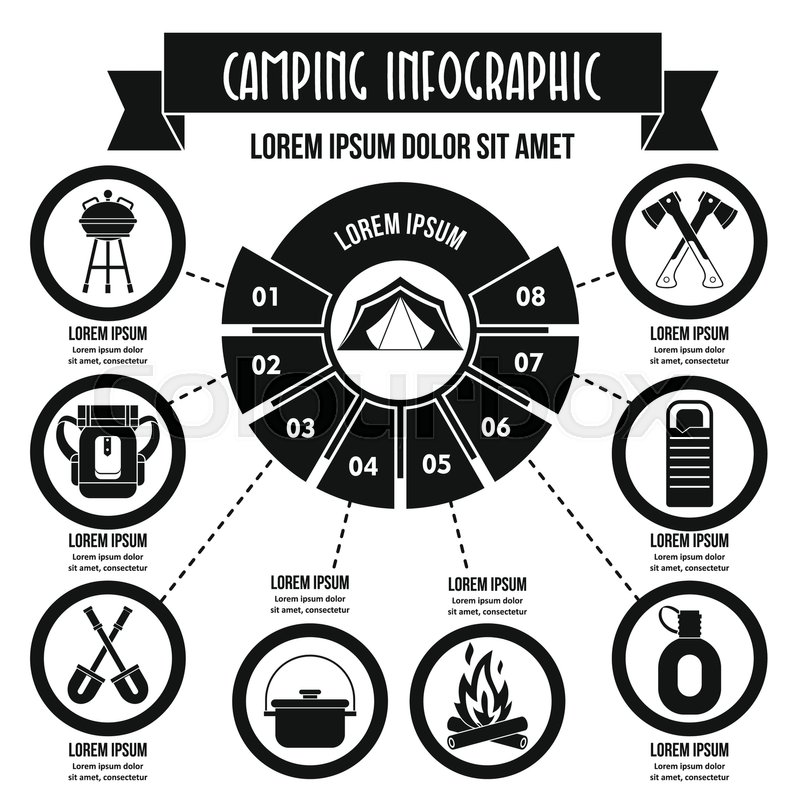With time, the tents you utilize obtain used and begin to break down. If you see your rain fly becoming sticky or the urethane finishing exfoliating, it's time to fortify the waterproofing.
The best location to start is to wash the fly in cool water and odorless washing detergent. This will certainly eliminate any kind of dirt and grit that may be causing it to stick or flake.
1. Seal the Seams
The sound of water trickling inside your camping tent is one of the most awful camping audios. Sealing the joints is a simple way to maintain moisture from permeating into your tent. To reach the joints, set up your outdoor tents with the rainfly inside out for much easier access. You can discover seam sealant at most hardware shops. Thinly-mixed silicone works well for this application. Make sure to allow the sealant completely dry entirely before placing your tent away.
2. Revitalize the Urethane Layer
Sticky tent flies can arise from a break down of the polyurethane coating utilized in backpacking outdoors tents. If this holds true with your old fly, it's worth trying some basic strategies prior to sending it to the dump.
One way is to clean the fly and camping tent flooring in cold water with mild powdered detergent at a laundromat. This will generally strip off the flaked layer and restore waterproofing.
One more alternative is to saturate the fabric in a mix of massaging alcohol tent stove and warm water. This will usually liquify the urethane covering right into a green ball that can be scraped away. If any persistent places remain, apply more scrubing alcohol to the textile and proceed soaking until it's clean and completely dry. Wash thoroughly and apply a new layer of waterproofing.
4. Examine the Flooring
Leaky water spots in the floor can trigger considerable warm water loss, include in your home heating bills, and lead to mildew and mold issues in your house. Make use of an infrared thermostat to check the floor and recognize cozy areas where water is getting away. These leakages might be caused by a worn gasket at the water heater or by an old line linking to it.
Flies are likewise drawn in to natural products such as rubbish, pet feces and continues to be in the backyard and in cooking areas, and they lay their eggs in position such as sink drains pipes where slime builds up. Control these breeding websites by consistently taking out the trash and cleaning up pet waste in the yard.
